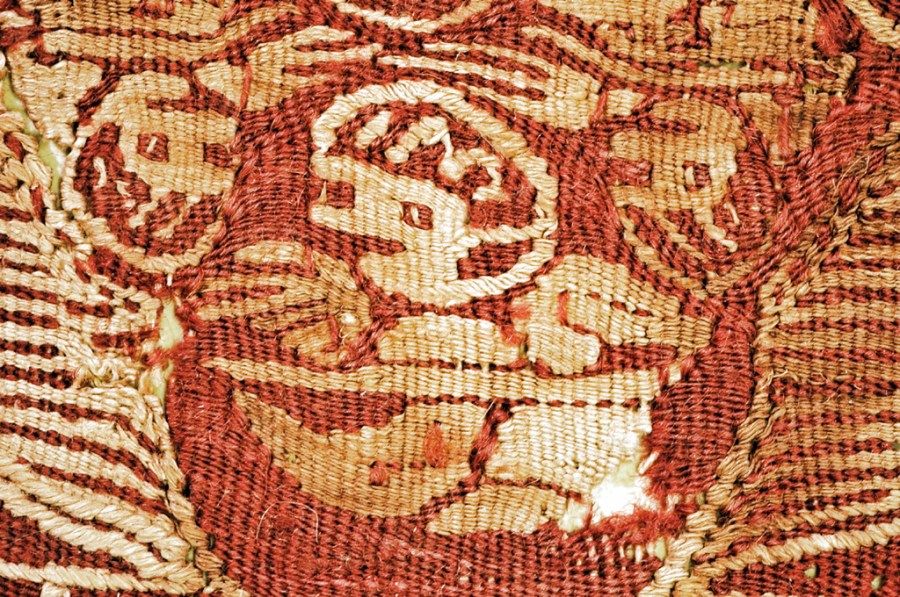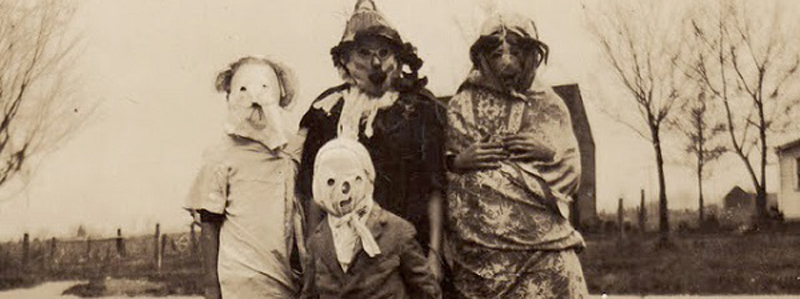For centuries Europe has been a major powerhouse in the production of textiles. Countries like Spain, Italy and France are known for their luxurious silks, while the United Kingdom is remembered for it’s wool output. Little recognition is given to Germany. The textile industry in Germany during the 18th and 19th Centuries has a rich…
Survey of the German Textile Industry, 18th and 19th Centuries








